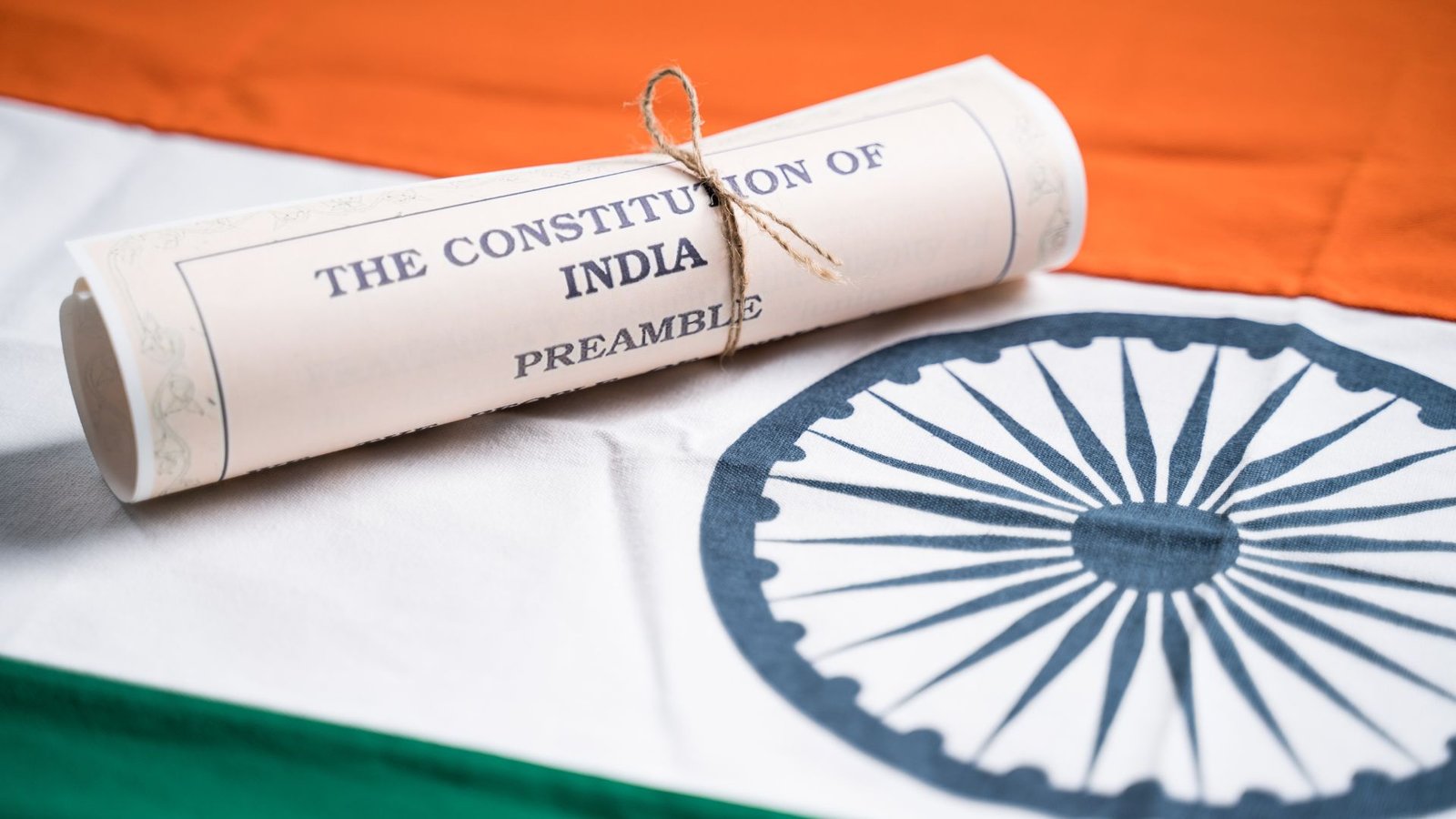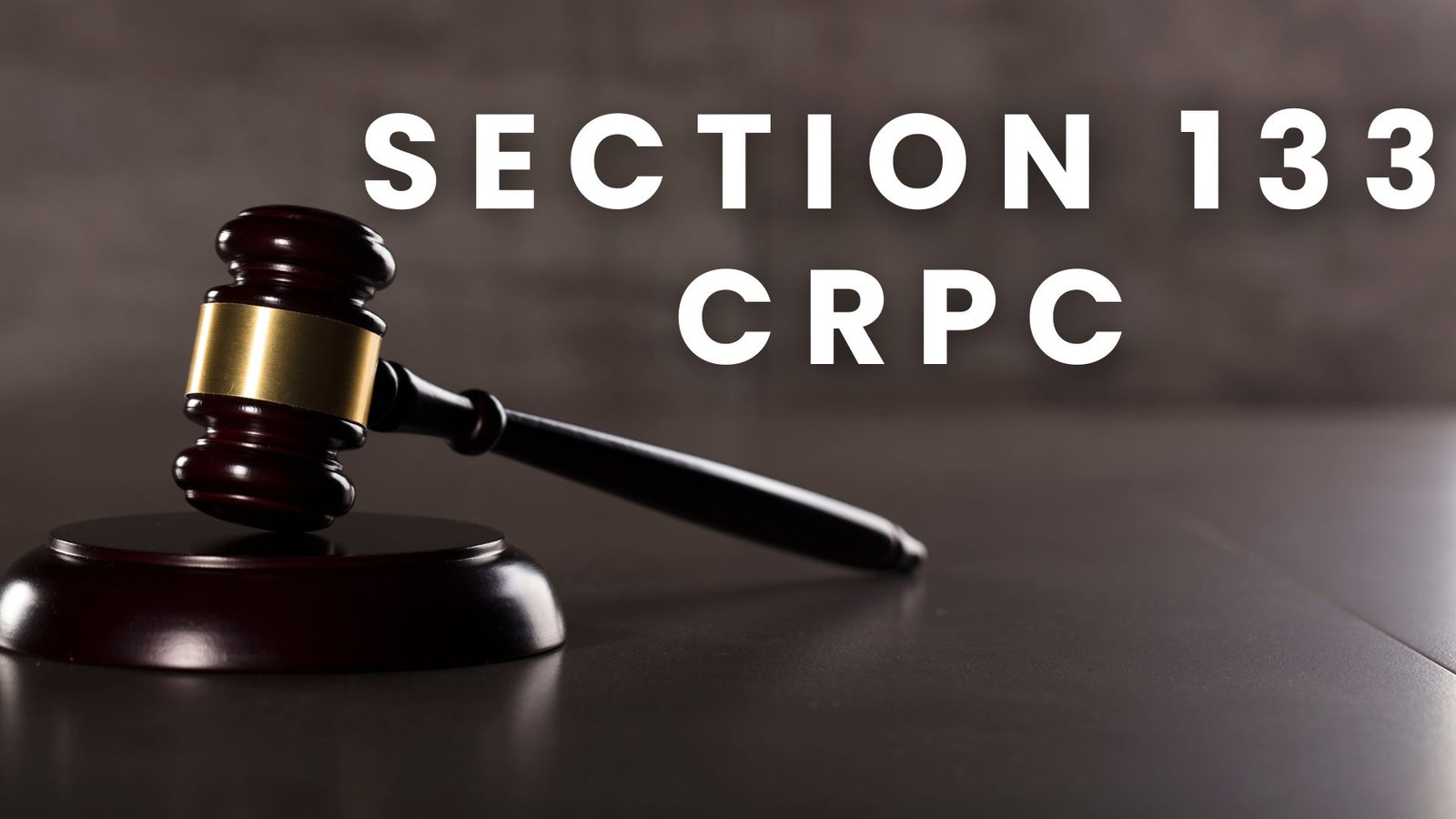On this page you will read detailed information about Constitution of India.
In your position as a citizen of India, you have both rights and responsibilities under the Constitution. Our founding document is a living framework that enables democracy, justice, liberty, and equality. As the needs of society evolve, the Constitution adapts through amendments, evolving interpretations, and the checks and balances between institutions. When exercising your civic duties, reflect on how the Constitution shapes your role. Consider how you can uphold its enduring principles as changes arise. For the Constitution to thrive as a living document, it relies on an engaged citizenry to put its guarantees into practice.
The Framers’ Vision: A Living Constitution for India
The framers of India’s Constitution envisioned a document that would endure for generations as a guiding light for the nation. However, they also foresaw that it must adapt to the changing needs and values of society. Dr. B.R. Ambedkar, the chairman of the drafting committee, stated that “Constitution should be flexible and should be adopted to changing conditions.”
The Constitution of India contains provisions that allow it to evolve with the times. One of the mechanisms for achieving this vision is through amendments. The procedure to amend the Constitution is neither too rigid nor too flexible. While ensuring stability, it also allows for reforms. Over 100 amendments have been made so far to update the Constitution.
Another provision that makes the Indian Constitution a living document is Article 368, which empowers Parliament to amend the Constitution without changing its basic structure. The Supreme Court has clarified that the basic features refer to the fundamental principles of the Constitution like secularism, federalism, democracy, sovereignty, freedom, and equality. Parliament can amend any part of the Constitution as long as it does not alter these tenets.
The directive principles of state policy, enshrined in Part IV of the Constitution, are also designed to adapt to changing socio-economic conditions. They guide the central and state governments to improve citizens’ quality of life by ensuring livelihood, education, housing, health, and economic welfare. Although originally not legally enforceable, the Supreme Court has interpreted some of these principles as enforceable fundamental rights over time.
The framers built a Constitution for the ages—one that would guide India’s democracy for generations to come. By creating mechanisms for flexibility and change, they ensured that this living document would always reflect the nation’s highest ideals and aspirations. The Constitution of India continues to thrive as a source of unity, justice, freedom, and hope for over a billion citizens.
Key Features of the Indian Constitution
The Indian Constitution is considered a living document due to key features that allow it to adapt to the changing needs of society. Some of the most significant features include:
Fundamental Rights
The Fundamental Rights enshrined in Part III of the Constitution guarantee essential rights to all citizens of India. These include the right to equality, right to freedom of speech and expression, right against exploitation, right to freedom of religion, cultural and educational rights, and right to constitutional remedies. These rights aim to protect the interests of minorities and backward classes, promoting justice and equality for all.
Directive Principles of State Policy
The Directive Principles contained in Part IV of the Constitution are guidelines for the State to establish a just society. Although not legally enforceable, they aim to secure social and economic justice, livelihoods, public health, environment, and more for citizens. They influence the creation and implementation of laws and policies.
In the previous post, we had shared information about SECTION 279 IPC – Indian Penal Code – Rash driving or riding on a public way, so read that post also.
Fundamental Duties
Fundamental Duties outlined in Article 51A obligate Indian citizens to uphold the spirit of the Constitution and respect its ideals. Duties include upholding the integrity of India, promoting harmony, safeguarding public property, developing scientific temper, and more. They aim to promote fraternity among citizens and national integration.
Amending Procedures
The Constitution’s amending procedures outlined in Article 368 establish processes for introducing changes to the Constitution that allow it to adapt to changing needs, making it a living document. However, amendments cannot change the basic structure of the Constitution.
Independence of Judiciary
The Constitution establishes an independent judiciary with the power of judicial review. The Supreme Court and state High Courts can determine the constitutional validity of laws and executive actions, ensuring that they align with the Constitution’s basic structure and principles. This power maintains a balance of power across branches of government.
In summary, the key features of India’s Constitution, including Fundamental Rights, Directive Principles, Fundamental Duties and amending procedures, were designed to uphold the democratic principles and secular spirit on which India was founded. An independent judiciary helps safeguard these values, allowing the Constitution to evolve with the aspirations of its citizens.
Constitutional Amendments Over the Years
The Constitution of India, though rigid, is not static. It is a living document that has been amended over 100 times to adapt to the changing needs of the society. The amendments have been made to correct some provisions and add new provisions.
Some of the important amendments made are:
- The First Amendment (1951) added ‘socialist’ and ‘secular’ to the preamble. It also made changes to fundamental rights related to property and freedom of speech.
- The Fourth Amendment (1955) amended Article 15 and 19 to abolish untouchability and prohibit its practice in any form.
- The Ninth Schedule was added by the First Amendment to protect land reform laws. The Fourth Amendment added more acts to the schedule.
- The Fifth and Sixth Amendments (1955) made changes to the boundaries of states.
- The Tenth Amendment (1961) incorporated Dadra and Nagar Haveli as a Union Territory.
- The Twenty Fourth Amendment (1971) lowered the voting age from 21 to 18 years.
- The Forty Second Amendment (1976) made many important changes. It added new Directive Principles, fundamental duties, and amended the preamble. It also curtailed some fundamental rights.
- The Forty Fourth Amendment (1978) undid some of the changes made by the Forty Second Amendment related to fundamental rights.
- The Eighty Sixth Amendment (2002) made elementary education a fundamental right. The Ninety Third Amendment (2005) enabled reservation for other backward classes in government educational institutions.
The frequency and nature of amendments made signify that the Constitution is a living document, adaptable to changing circumstances. The amendments have helped in achieving the ideals set in the preamble and made the Constitution more progressive and egalitarian.
Judicial Review and the Evolution of the Constitution
The Constitution of India established an independent judiciary, with the Supreme Court as the final court of appeal. The judicial branch was given the power of judicial review to determine the constitutional validity of laws and acts of the executive and legislature.
Through judicial review, the Supreme Court has played an instrumental role in interpreting the Constitution and shaping India’s constitutional jurisprudence. It has expanded the scope of fundamental rights and read new rights into Article 21, the right to life and personal liberty.
- In Maneka Gandhi v. Union of India (1978), the Supreme Court laid down that the ‘right to life’ in Article 21 does not mean a mere physical existence. It encompasses the right to live with dignity and all that goes along with it, including the necessities of life such as adequate nutrition, clothing, and shelter.
- In Unni Krishnan v. State of Andhra Pradesh (1993), the Supreme Court held that the ‘right to education’ is implicit in the right to life in Article 21.
- In Indra Sawhney v. Union of India (1992), the Supreme Court upheld the validity of reservations under Article 16(4) but excluded the ‘creamy layer’ of backward classes from its purview. It ruled that reservation should be confined to initial appointments only and not extend to promotions.
Through such progressive interpretations, the Supreme Court has expanded the scope of fundamental rights and shaped India into a welfare state that endeavors to secure justice, equality, and dignity for all citizens. The Constitution is a living, breathing document that evolves with the changing needs of society, and judicial review has been instrumental in that process of evolution. The Supreme Court, in its role as the guardian of the Constitution and protector of citizens’ rights, continues to breathe new life into the Constitution and expand its meaning and scope.
Significant Constitutional Cases That Shaped India
The Constitution of India is a living, breathing document. Since its inception, the Supreme Court has interpreted the Constitution through various landmark judgments that have strengthened the democratic framework of India.
Kesavananda Bharati v. State of Kerala (1973)
This case established the ‘Basic Structure Doctrine’ – that certain fundamental features of the Constitution cannot be altered by amendments. The 13-judge bench ruled that constitutional amendments that violated the basic structure would be struck down. This upheld the supremacy of the Constitution and ensured its guiding principles were preserved.
Indra Sawhney v. Union of India (1993)
Also known as the ‘Mandal Commission Case’, this judgment upheld the implementation of the Mandal Commission report, reserving 27% of seats in central government jobs and public universities for Other Backward Classes (OBCs). This was a pivotal moment in the expansion of India’s affirmative action policies aimed at promoting greater inclusion and representation.
Shah Bano Begum v. Union of India (1985)
This case recognized a Muslim woman’s right to maintenance under Section 125 of the Code of Criminal Procedure. The Supreme Court ruled that Shah Bano was entitled to receive alimony from her former husband, upholding the rights of Muslim women and secularism. However, the judgment was later overturned by the enactment of the Muslim Women (Protection of Rights on Divorce) Act.
There are several other landmark judgments, but these cases demonstrate how the Supreme Court has shaped India into a more equitable, just, and democratic society. The Constitution may have been drafted decades ago, but through its dynamic interpretations, it remains a guiding light towards an egalitarian India. Overall, these cases prove why the Indian Constitution is a living document that evolves with the nation.
How Public Opinion Has Influenced Constitutional Interpretations
The Constitution of India is a living document that has evolved over time based on the changing beliefs and values of Indian society. Public opinion and social movements have shaped how the Constitution’s provisions are interpreted and applied.
One example is how the right to life and personal liberty under Article 21 has been expanded by the Supreme Court. Originally, Article 21 was interpreted as simply protecting citizens from unlawful deprivation of life and liberty. However, in 1978, the Court ruled that the right to life implies the right to live with dignity. This opened the door for future rulings establishing rights to education, shelter, healthcare, and a clean environment under Article 21.
Public demand for greater environmental protection led the Court to rule that the right to life includes the right to a healthy environment. The Court stated: “Environmental, economic and social justice, are now accepted as interconnected”. In response, laws were passed to prevent pollution, protect wildlife, and preserve forests.
Similarly, the women’s rights movement helped advance gender equality under the Constitution. The courts came to recognize sexual harassment and gender discrimination as violations of the right to equality and equal protection under Article 14. Key laws like those on dowry, domestic violence and sexual harassment were passed.
The LGBTQ rights movement has also shaped constitutional interpretation. In 2018, the Supreme Court struck down Section 377 of the Indian Penal Code, which criminalized homosexual acts. The court ruled that Section 377 violated the rights to equality, dignity and privacy guaranteed by Articles 14, 15 and 21. This historic decision demonstrates how the Constitution adapts to evolving social values.
In conclusion, India’s Constitution is a living document that breathes life into the democratic aspirations of its citizens. Through judicial interpretation and legislation, the Constitution has expanded to encompass contemporary demands for justice and equal opportunity. Public opinion and activism have been instrumental in molding the Constitution to keep pace with the times. This is what makes India’s Constitution a dynamic blueprint for an inclusive, progressive society.
Debates on the Indian Constitution as a Living Document
India’s Constitution is both rigid and flexible. It is rigid because it is not easy to amend. However, over the years, it has been adapted to the changing needs of the times through judicial interpretations and amendments. This adaptability has ensured that the Constitution remains a living document.
The framers of the Constitution could not possibly have foreseen all the changes that would impact the nation in the coming decades. Therefore, they incorporated provisions to amend the Constitution to address contemporary challenges while retaining its basic structure. More than 100 amendments have been passed so far. Some amended fundamental rights to expand their scope, while others added new Directive Principles of State Policy.
The judiciary has also interpreted the Constitution in a way that aligns with the changing values of society. For example, in the Kesavananda Bharati case, the Supreme Court established the basic structure doctrine, which states that Parliament cannot amend the Constitution in a way that alters its basic features like secularism and federalism. The courts have also expanded the scope of fundamental rights like the right to life and liberty over the years.
However, some argue that an overbroad interpretation of the Constitution can undermine the separation of powers. Frequent amendments can make the Constitution too complex and ambiguous. There is also a view that the Constitution should not sway with transient public opinions but embody eternal principles.
Proponents counter that the Constitution has stood the test of time because it is a living document. It has endured because it has adapted to various ages, ideologies and circumstances. As long as the basic structure is preserved, a living Constitution is perfectly compatible with constitutionalism and the rule of law. The alternative is a stagnant Constitution disconnected from societal realities.
In conclusion, the debate on whether the Indian Constitution should be strictly interpreted as per the intent of its framers or adapted to the changing needs of the day is complex with valid arguments on both sides. As with many such debates, the balanced view is possibly the most prudent one.
Is the Indian Constitution Truly Living Up to Changing Times?
The Indian Constitution is regarded as a living document, designed to adapt to the changing needs and values of society. However, there is debate on whether it is truly keeping up with modern demands.
On one hand, the Constitution has endured for over 70 years due to built-in flexibility. It contains provisions for amendments, allowing periodic updates to rights and governance. Notably, there have been over 100 amendments passed so far. The Preamble, which establishes the Constitution’s core objectives, is also broadly phrased, giving it an enduring quality.
However, the amendment process is extremely lengthy and complicated, requiring approval from federal and state legislatures. This makes enacting changes very difficult, even when there are compelling reasons. For example, despite calls for reform, India still follows the parliamentary system inherited from the British, and has failed to implement a uniform civil code to replace religious personal laws.
The Constitution also contains certain anachronistic provisions that seem out of place today. For instance, it upholds the caste system by reserving seats for Scheduled Castes and Tribes. While aiming to promote inclusion, this system perpetuates the notion of inherent caste identities. There are also no special protections based on sexual orientation or gender identity, unlike in some modern constitutions.
Overall, while the Constitution’s flexibility and vision have allowed it to endure, more needs to be done to align it with 21st century ideals of equality, pluralism and good governance. Achieving the right balance between tradition and progress is key to ensuring this living document stays alive and relevant for generations to come. With continuous civic participation and prudent leadership, the Indian Constitution can live up to changing times.
Constitution FAQs: Your Top Questions Answered
The Constitution of India is the supreme law of the land. As a living document, it establishes the framework of the Government of India and its relationship with the citizens. Here are answers to some frequently asked questions about this influential document:
The Constitution lays down the objectives of the Indian democratic republic and the principles on which the governance of the country is based. Its key aims are to establish justice, equality, and liberty for citizens; promote fraternity; and secure social, economic and political justice as well as unity and integrity of the nation.
According to Article 368, the Parliament can amend the Constitution by passing a bill in each house by a majority of the total membership of that house and by a majority of not less than two-thirds of the members of that house present and voting. The bill is then presented to the President, who shall give their assent to the bill.
Amendments made so far fall under three categories:
I) Amendments related to reorganization of states
II) Amendments related to electoral reforms
III) Amendments related to socio-economic changes
Some of the most well-known amendments include the abolition of privy purses, the inclusion of fundamental duties, the establishment of panchayati raj, and the inclusion of right to education.
The Constitution establishes India as a sovereign, socialist, secular, democratic republic. Some of its salient attributes are:
I) A written and lengthy document
II) Includes a preamble, 395 articles and 12 schedules
III) Provides for a parliamentary system of government
IV) Guarantees fundamental rights to all citizens
V) Divides power between central government and state governments
VI) Independent judiciary with the Supreme Court at its apex
The Constitution is a comprehensive blueprint for the governance of India. Familiarizing yourself with its provisions and amendments can provide valuable insight into the democratic values and aspirations of India as a nation.
Conclusion
As we have explored, the Constitution of India has proven itself to be a living document that has evolved with the changing needs and aspirations of the nation over time. This ability to adapt shows both the enduring flexibility and strength of its democratic foundations. Looking ahead, the onus remains on each generation to carry forward, reinterpret and uphold the Constitution’s core vision and values. There will undoubtedly be more amendments and redefinitions required to guide India through future challenges. You must play an active role in this never-ending process of reinvigorating the Constitution and claiming its promises. We all share responsibility for the Constitution’s vitality as well as safeguarding the unity and democratic freedoms which enable it to continue serving as the pillar of the world’s largest democracy.
Disclaimer
The information and services on this website are not intended to and shall not be used as legal advice. You should consult a Legal Professional for any legal or solicited advice. While we have good faith and our own independent research to every information listed on the website and do our best to ensure that the data provided is accurate. However, we do not guarantee the information provided is accurate and make no representation or warranty of any kind, express or implied, regarding the accuracy, adequacy, validity, reliability, availability, or completeness of any information on the Site. UNDER NO CIRCUMSTANCES SHALL WE HAVE ANY LIABILITY TO YOU FOR ANY LOSS OR DAMAGE OF ANY KIND INCURRED AS A RESULT OR RELIANCE ON ANY INFORMATION PROVIDED ON THE SITE. YOUR USE OF THE SITE AND YOUR RELIANCE ON ANY INFORMATION ON THE SITE IS SOLELY AT YOUR OWN RISK. Comments on this website are the sole responsibility of their writers so the accuracy, completeness, veracity, honesty, factuality and politeness of comments are not guaranteed.
So friends, today we talked about Constitution of India, hope you liked our post.
If you liked the information about Constitution of India, then definitely share this article with your friends.
Knowing about laws can make you feel super smart ! If you find value in the content you may consider joining our not for profit Legal Community ! You can ask unlimited questions on WhatsApp and get answers. You can DM or send your name & number to 8208309918 on WhatsApp











